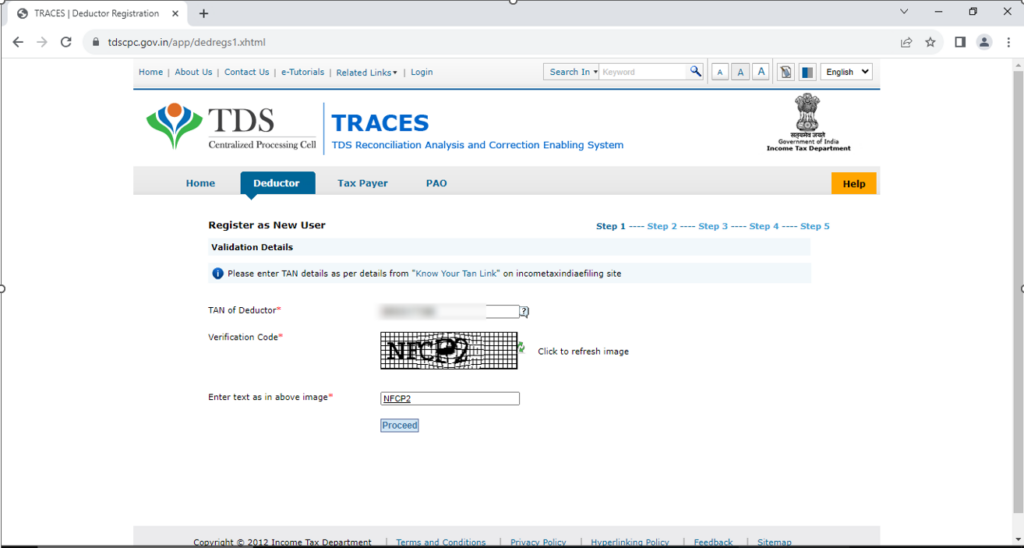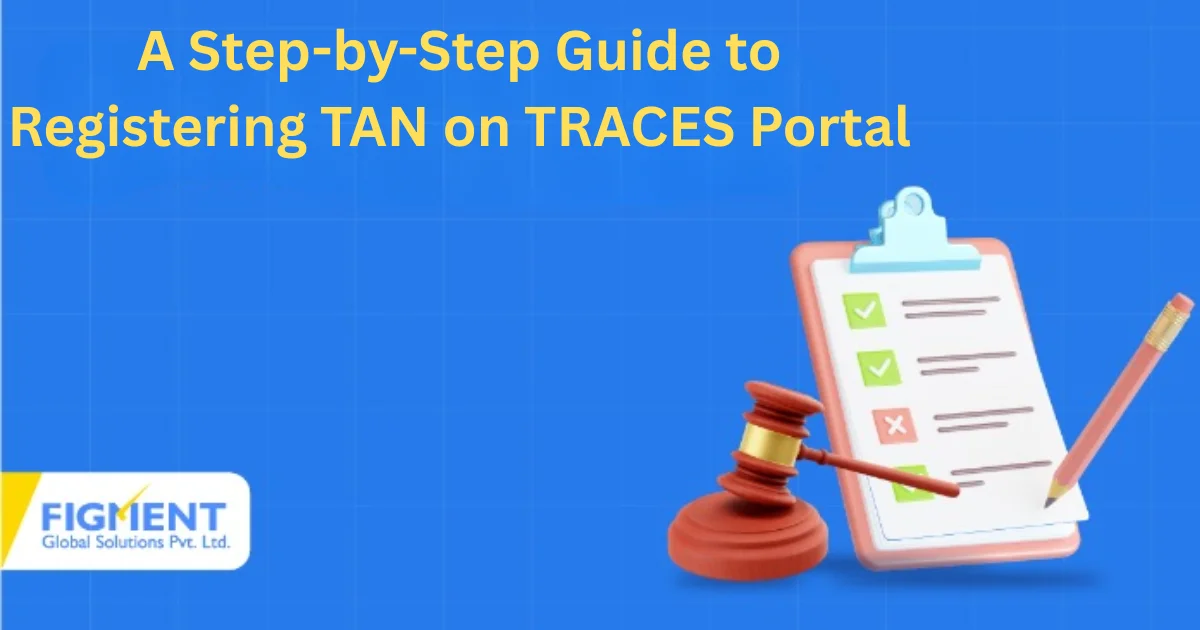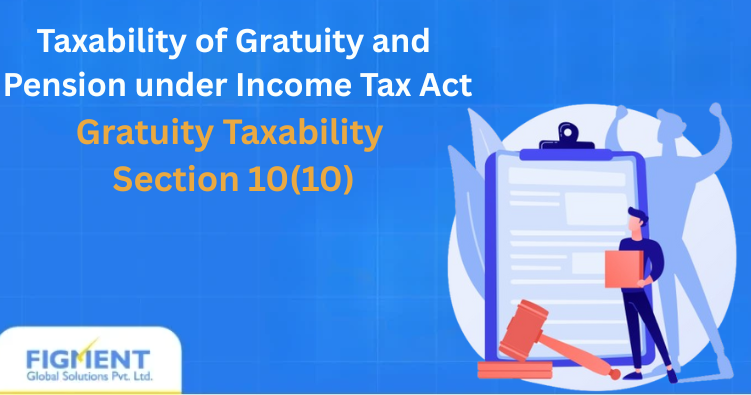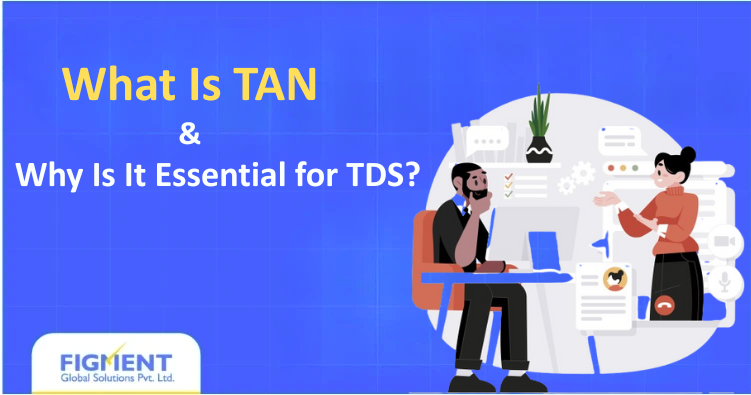What is a TAN Number?
TAN stands for Tax Deduction and Collection Account Number.
- It’s a 10-character alphanumeric code issued by the Income Tax Department of India.
- Example: NGPA12345A
- Mandatory for anyone (individuals, companies, government bodies, etc.) who is required to deduct or collect tax at source under the Income Tax Act, 1961.
Purpose of TAN
- Identify the Deductor/Collector — Similar to how PAN identifies taxpayers, TAN identifies entities responsible for TDS (Tax Deducted at Source) or TCS (Tax Collected at Source).
- Quote in TDS/TCS Returns — Must be mentioned in all TDS/TCS returns, certificates, challans, and correspondence with the Income Tax Department.
- Track TDS Payments — Helps CPC (Centralized Processing Cell) match tax deducted with the relevant payee’s PAN in Form 26AS.
What is TRACES?
TRACES = TDS Reconciliation Analysis and Correction Enabling System.
- It’s an online portal maintained by the Income Tax Department (https://www.tdscpc.gov.in)
- It allows deductors, collectors, and taxpayers to view TDS/TCS data, file corrections, download forms, and reconcile statements.
Why Register TAN on TRACES?
Registering your TAN on TRACES is mandatory for a deductor to:
- Download Form 16/16A (TDS Certificates for employees/vendors)
- View Form 26AS details for deductees
- File correction statements for TDS returns
- Check challan status and link challans to deductions
- Submit requests for justification reports, refund status, and consolidated files
- Respond to notices related to short deductions, late filings, etc.
Without registration, you cannot access these services online — meaning you’d be stuck with physical requests and delays.
Step-by-Step Breakdown
1. Visit TRACES and Begin Registration
- Go to the official TRACES portal at www.tdscpc.gov.in and click “Register as New User”.
- Choose “Deductor” as your user type and click Proceed.
2. Enter TAN and CAPTCHA
- Provide your TAN and the on-screen verification captcha code, then click Proceed.

3. KYC Validation Using Statement Details
- The system auto-populates fields like Financial Year, Quarter, and Form Type.
- Manually enter the Token Number from a processed, non-nil TDS statement corresponding to the pre-filled fields.
- Provide CIN/BIN details and select corresponding PAN–amount combinations using the “Guide to” feature.
Note: Statements must be processed at CPC and not nil—unprocessed or nil entries will result in errors.

4. Enter Organization & Contact Details
- Provide details such as:
- Category of Deductor
- PAN of Deductor (not required for government deductors)
- PAN, Date of Birth, Name, and Designation of the Authorized Person
- Choose whether to fetch your address and communication details from TAN Master or your last filed statement.

5. Create User ID & Password
- Set a User ID and a strong password (8–14 characters, with uppercase/lowercase, numbers, and optional special characters like &, comma, semicolon).
6. Confirm Submission
- Review all entered details on the confirmation screen. Use the Edit option if changes are needed, then click Confirm to submit.
7. Account Activation
- After submitting, you’ll receive:
- An email with an activation link and Activation Code 1
- SMS with Activation Code 2
- Click the activation link and enter both codes to activate your account. Note: Activation must occur within 48 hours, or the request will expire.
Quick Fix: If codes expire but still fall within the 48-hour window, re-enter your TAN in step 1 and click Submit—the system will prompt to resend the codes.
8. Login to Your Account
- Once activated, log in to the portal using your User ID and password along with TAN and the captcha or verification code.

Summary Table
| Step | Action Summary |
| 1 | Access TRACES portal → Select “Deductor” |
| 2 | Enter TAN and CAPTCHA |
| 3 | Complete KYC: Token, CIN/BIN, PAN–amount combos |
| 4 | Input organization & communication details |
| 5 | Create User ID + strong password |
| 6 | Confirm all entries on the summary screen |
| 7 | Activate account via email link + codes (within 48 hrs) |
| 8 | Login and access TRACES features |







